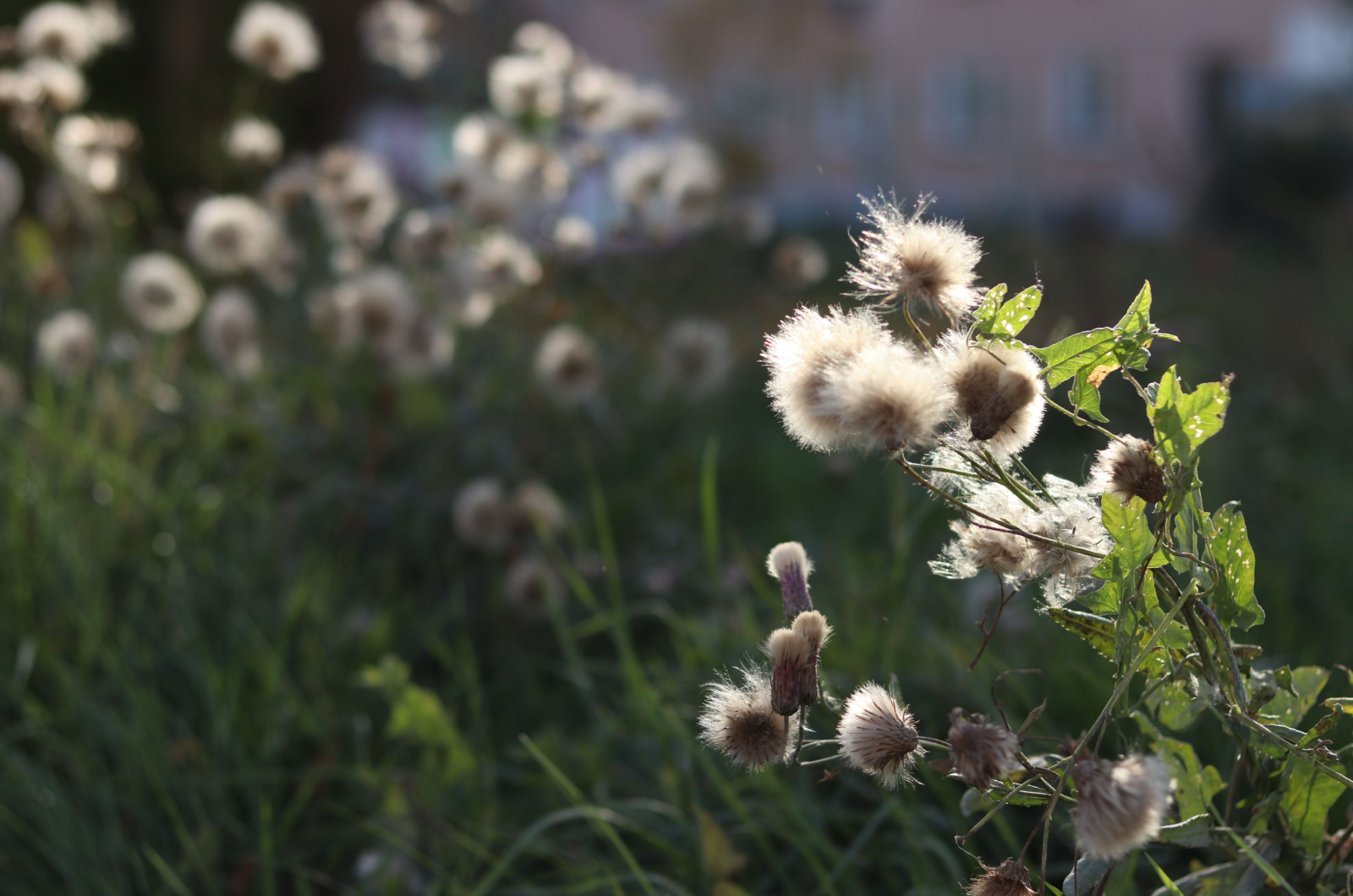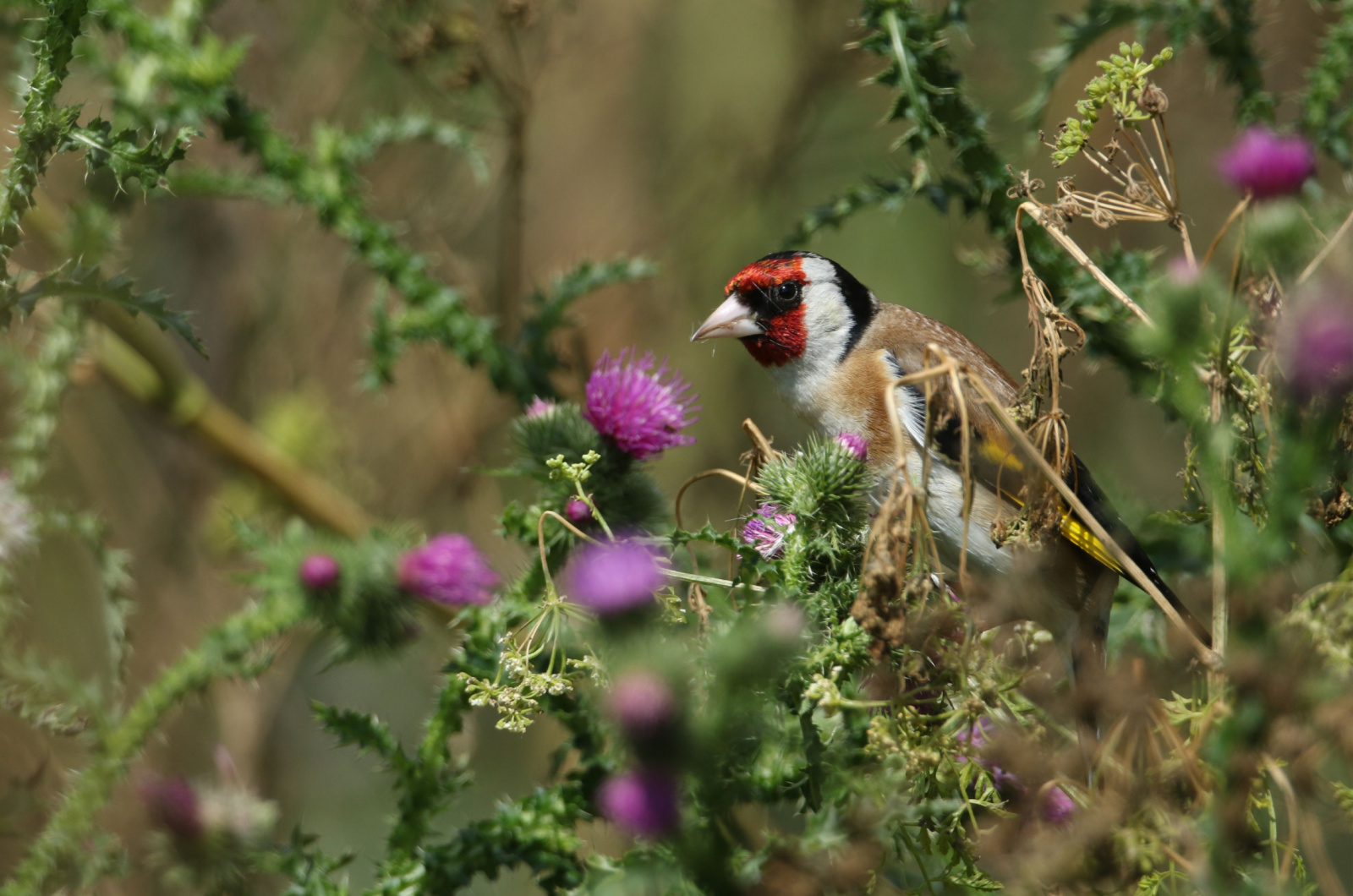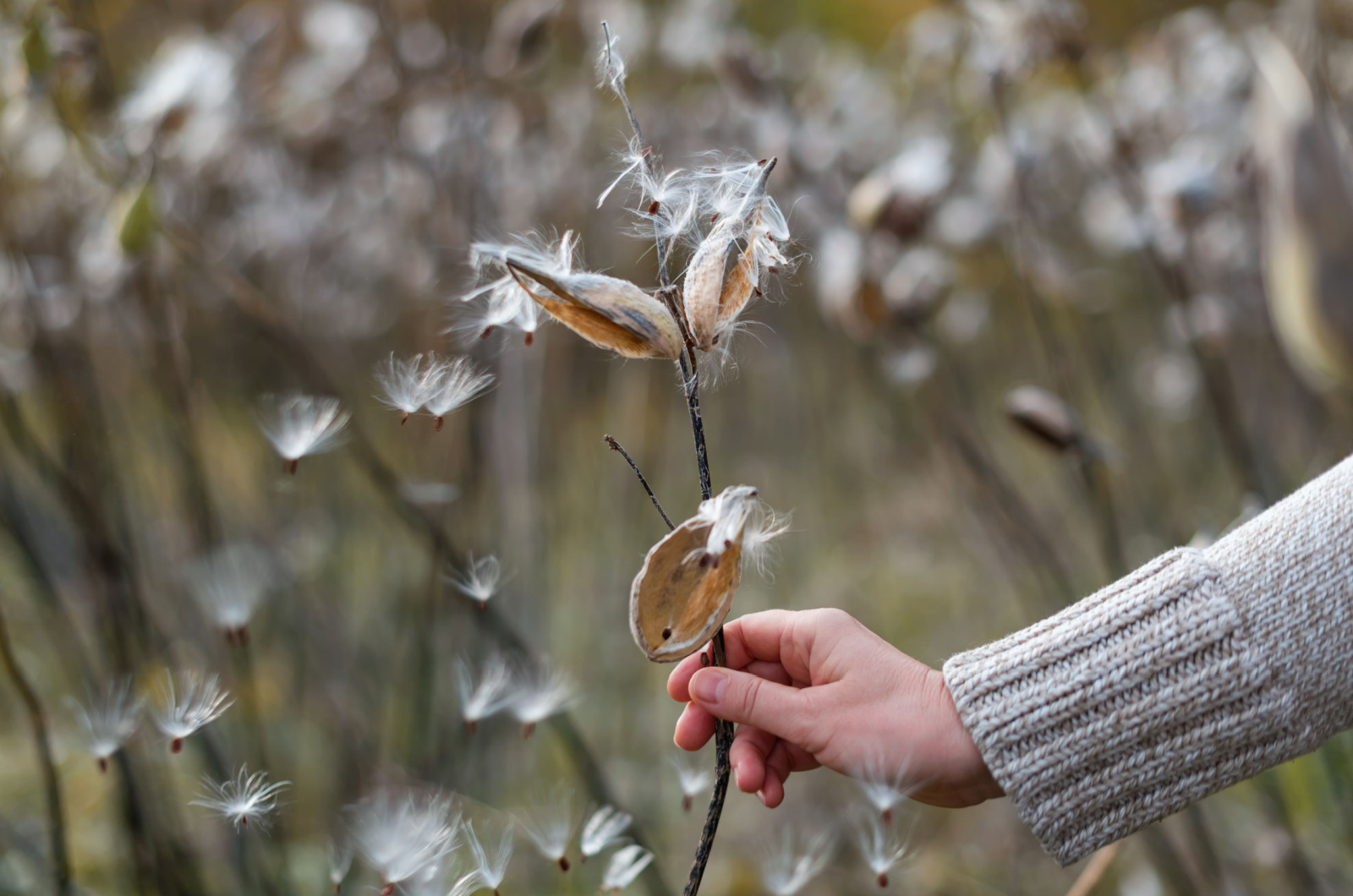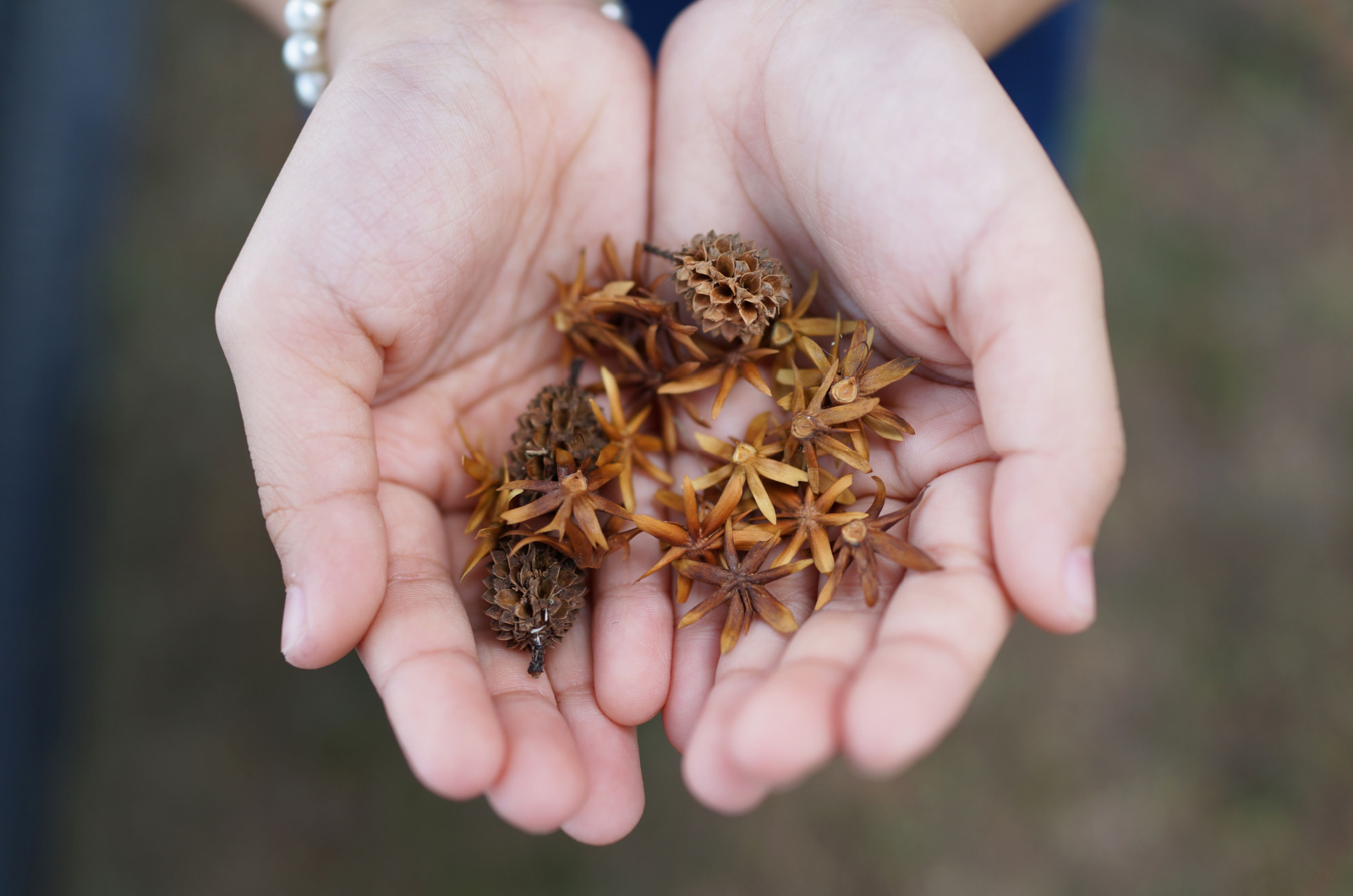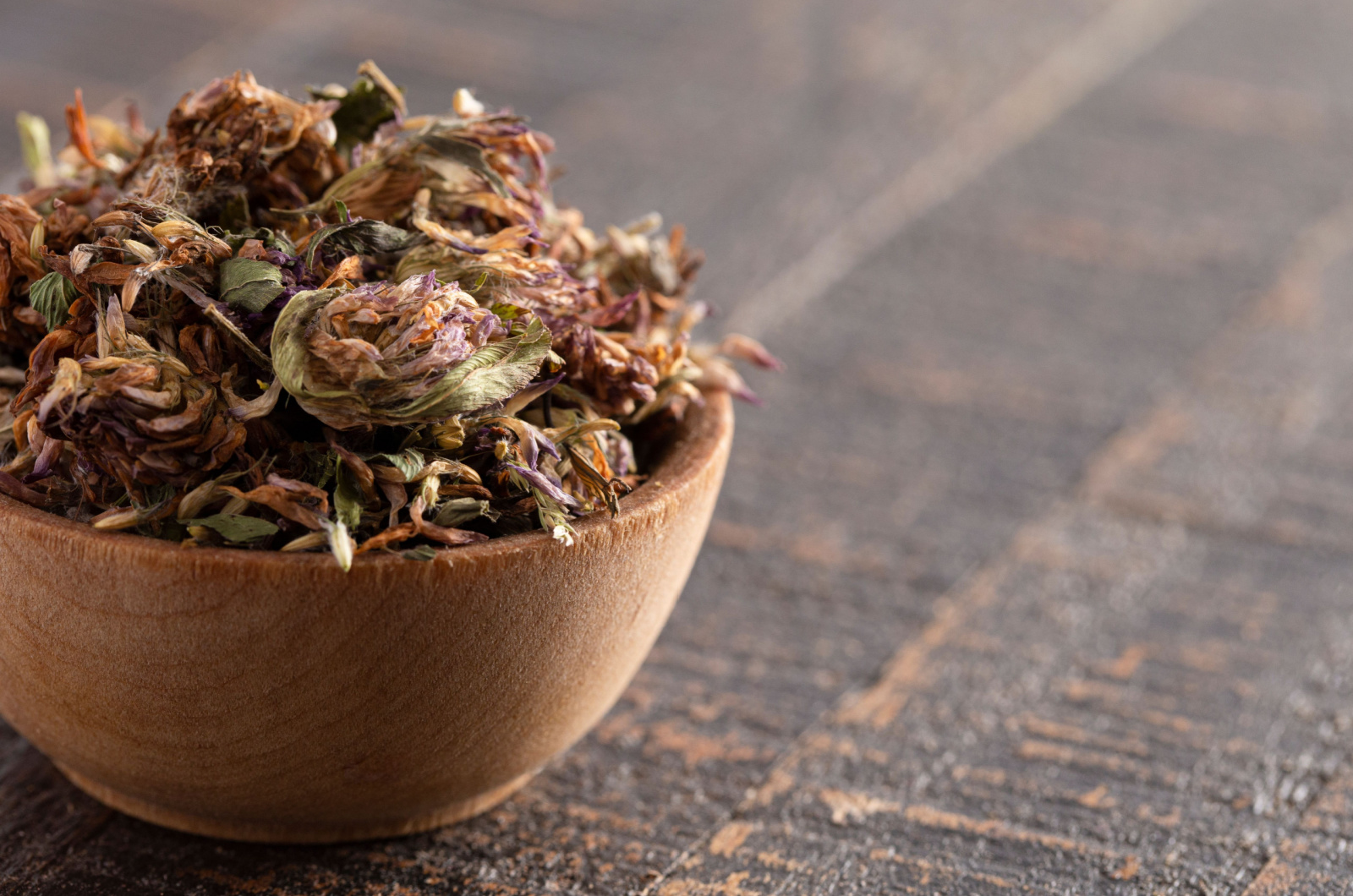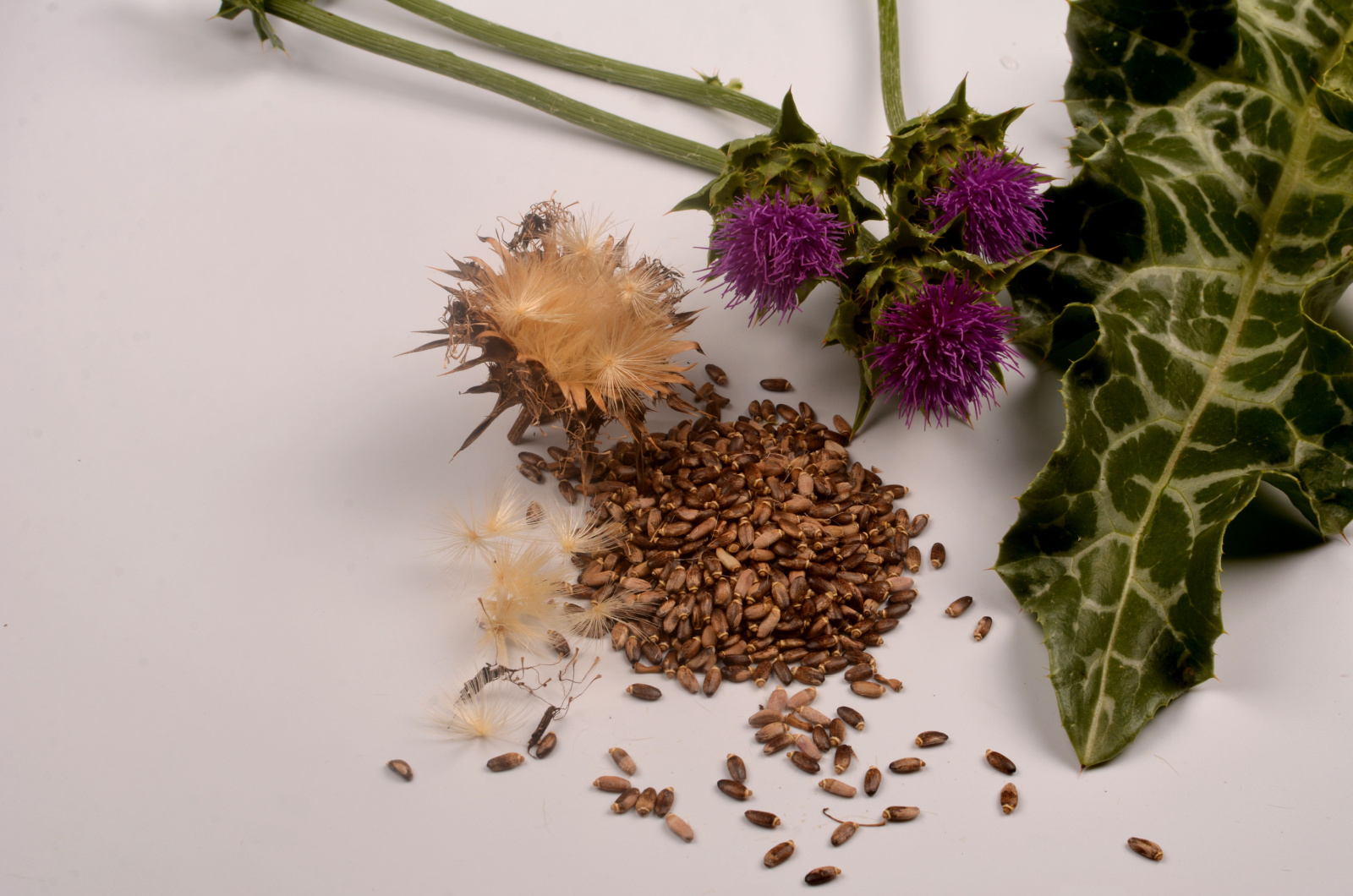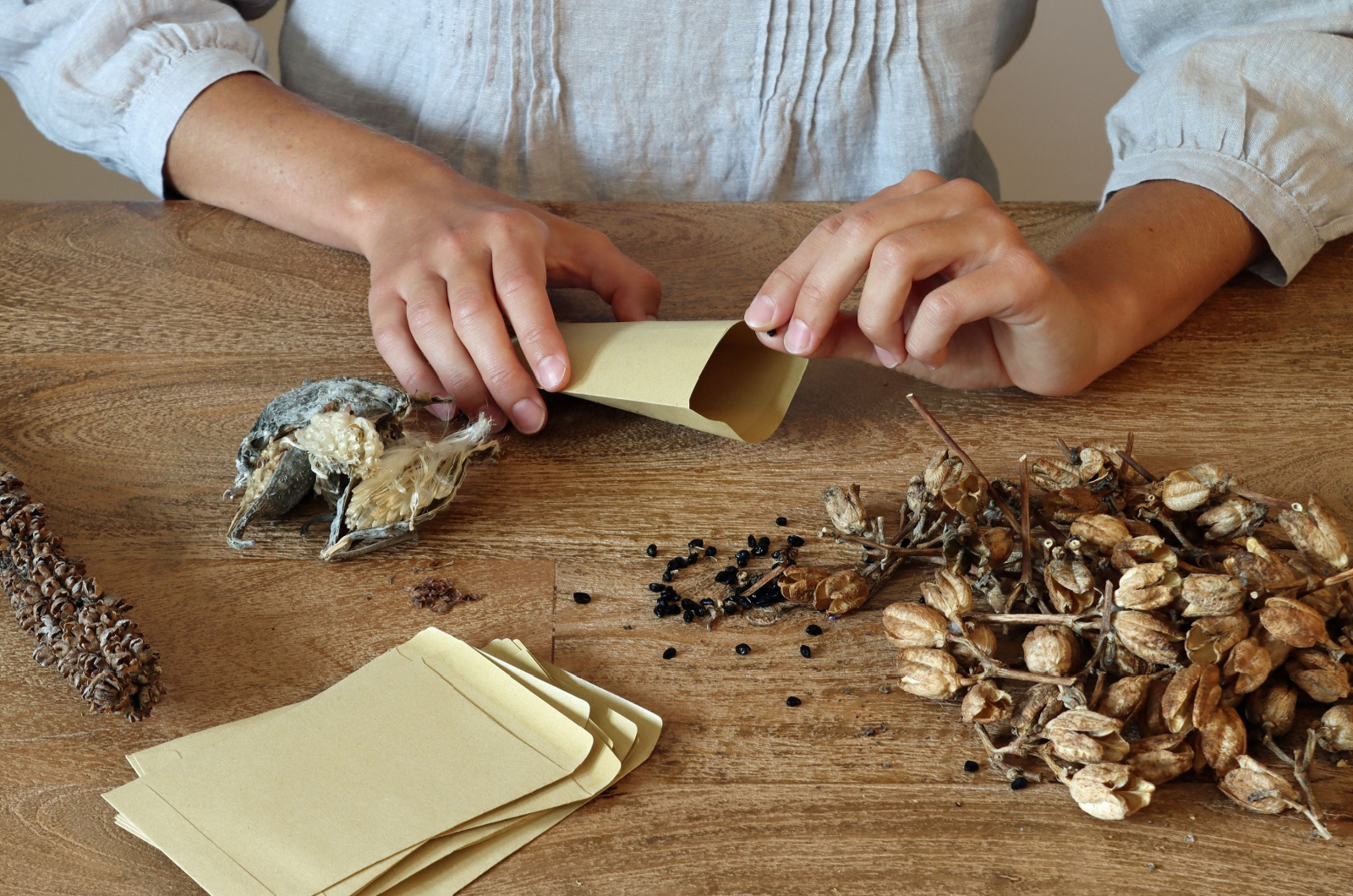Your yard might not be getting as many bees as it should. And the reason is simple – lack of native flowers.
The more you have, the more pollinators will visit your plants. One way to do it is by harvesting wildflower seeds.
Gather them locally so that you know they are native to your region, leave some for birds to nibble on in winter, and store them properly to sow them once the weather warms up.
Here’s everything you’ll need for this project and some tips to help you out!
Let’s get started!
What You’ll Need
You won’t need much when setting off to gather your wildflower seeds, but a few things will come in handy:
• A backpack or a tote
• Containers to transport the seeds (zip lock bags, jars, or tupperware)
• Clean pruners or any sharp scissors
• Permanent marker for labeling containers
Optional supplies that are good to have on hand:
• Trash bag for collecting trash you make or find on the way
• Gloves for thorny plants or those with a lot of sap
• Pl@ntNet app for identifying plants
#1 Gathering Wildflower Seeds Locally
Did you know that you can save pollinators by collecting milkweed seeds? And you don’t have to go very far to do it. You can harvest them locally.
• One reason why local collection of wildflower seeds is your best option is not only because it’s free, but also because those plants are perfectly suited for your area. That means you won’t have to do a lot of work around them, such as watering.
• Another reason you should turn to local wildflower seed harvest instead of buying wildflower mixes is because these mixes may contain plants that are aggressive or even invasive in your area.
And even if you do find some weeds in your garden you know are invasive (for instance, lantana and water hyacinth here in Florida), you wouldn’t gather those. You’ll just pull them out and replace them with native flowers that will flourish without choking out your other plants.
#2 Rules Of Collecting
Of course, these aren’t official rules for collecting wildflower seeds, but just a couple of things you should bear in mind if you want to promote biodiversity in your local ecosystem.
• Never take all the seeds you find. They serve as a great food source for birds and other wildlife in the area. Seeds are also a way for annual plants to spread and continue their existence, and you’re making it impossible if you take everything. Take 20% of seeds you find at the most.
• Don’t look for seeds on someone’s private property unless you have their permission. Stick to your property and nearby forests (if they are not reserves or private property).
#3 When To Harvest Wildflower Seeds
You’ll know the seeds are ready for harvest once the pod turns brown. If you collect them too early, they won’t be mature yet, and if you wait for too long, the birds and other animals will have eaten them by then.
Another tell is how hard it is to pick the seed pod. If you have to tug hard, come back another day so they have a bit more time to mature.
Of course, if you want to know how and when to harvest dahlia seeds or any other seeds that come from wildflowers, it is best to monitor their life cycle throughout the year and write down everything. That way, you’ll know when to expect the seeds to be ready for harvest.
Finally, always collect your wildflower seeds when it’s dry. Avoid rainy days and early mornings when there’s still dew and humidity. The seeds are a lot easier to gather if they’re dry and there’s less risk of them spoiling or sprouting prematurely.
#4 How To Collect Wildflower Seeds
Knowing how to harvest coneflower seeds (or from any wildflower) is fairly easy. Simply snip an entire seed pod and put it in the bag or container you brought with you.
This will ensure you don’t lose a lot of seeds, especially if you live in a windy region.
And if you’re gathering large amounts (provided you don’t take more than 20% of all seeds in the area), you can put them in a large bowl or a bucket.
#5 What To Do With The Seeds Afterwards
The first thing I do after collecting seeds is take them inside and cover the vessels they’re in. This will make sure that all the bugs hiding in the pods crawl out, allowing you to release them in the morning.
Don’t be surprised if you find spiders, beetles, and even bees. You’ll see them on the walls of containers or get an unpleasant surprise on the lid when you pop it open.
In the morning, take the vessels outside and release the insects. Afterwards, you can leave the containers open a bit so that the high humidity doesn’t spoil your seeds.
#6 Processing Wildflower Seeds
If you have sunflowers, then you know how easy it is to harvest sunflower seeds. But that’s not the case with all wildflowers. In fact, you’ll have to process most of them.
You’ll need a sieve, a bowl that fits that sieve, and a wooden spoon.
Step 1. Remove the excess plant material from the seed pods to make processing them easier.
Step 2. Some seeds are large and can be easily removed from their pods, while others require more attention. If your seeds are tough to get out of the pods, place them in a metal sieve over a bowl and press them into it with a spoon.
This will leave the seeds at the bottom and all the extra plant material on the top.
Step 3. Take the plant debris and place it into a bowl so that you can keep digging for seeds.
P.S. There are seed sorting screens you can use for processing your wildflower seeds, but they are pricey, which makes this makeshift seed processor all the more attractive.
#7 Storage
There are three things you need to take into account when storing wildflower seeds: temperature, moisture, and lighting.
• Keep your seeds at cool temperatures. Conditions between 60-70°F are ideal.
• Don’t expose the seeds to humidity. That means no condensation in containers. If you do notice it, open the container and let the seeds dry before storing them for good.
• Keep your wildflower seeds in a dark location.
I personally store my wildflower seeds in envelopes because they protect them from condensation.
When stored properly, seeds can last for quite a long time, although it’s best to use them within 1-2 years. I always plant mine the following season.


